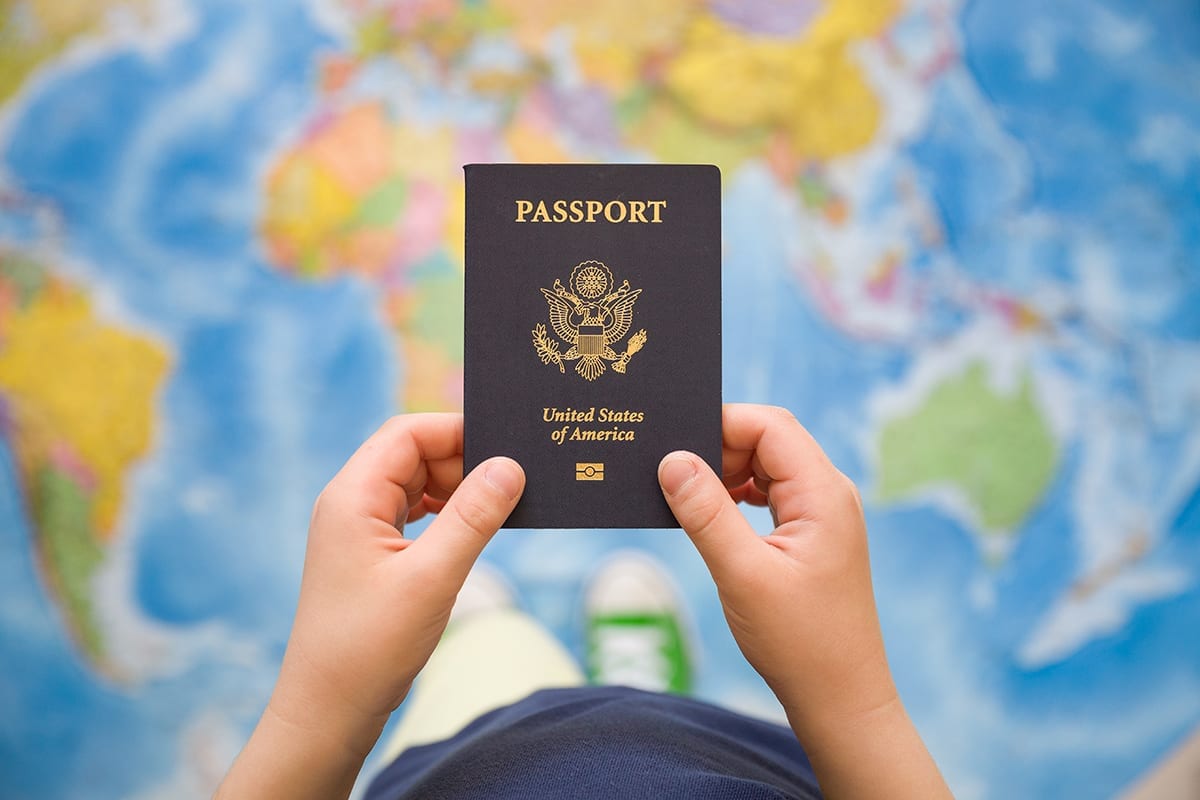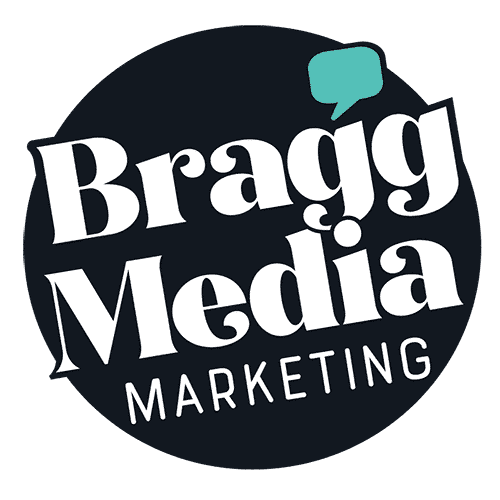
Unlike any other industry, tourism tells a different kind of story
If you’ve been on a vacation, then you’ve been a tourist. Do you remember why you chose to pack your bags, hop on a plane and choose your last vacation spot?
Tourism marketing is unlike any other industry. It’s complex, diverse, challenging and unpredictable. It is both business to consumer and business to business with a wide-ranging demographic — from age range and ethnicity to lifestyle and job roles. Additionally, tourism affects a myriad of market segments: travel and transportation, leisure activities, food and beverage, entertainment, retail, accommodation and hospitality.
Most of all, tourism marketing is more customer-centric than any other type of industry marketing. Tourists spend thousands of dollars to travel and have a good time. If businesses cannot meet those expectations, it could lead to a bad review that affects the buying decisions of other potential customers. Tourism-related businesses often find it difficult to stay alive because it requires the ability to remain in tune with the ever-changing desires and needs of the customers. Tourism marketing is not about selling the tangible. It’s about telling a story that taps into an emotion and connects with your audience.
The challenge of tourism marketing
Tourism marketing has many different names — destination marketing, concept marketing, experience marketing. Many of today’s marketing experts refer to tourism marketing as a subset of digital marketing.
Social media, e-newsletters, automation and pay per click ad campaigns play healthy roles in successful tourism marketing plans. Traditional marketing concepts also are vital — such as press releases, blog articles, travel reviews and cross marketing with other businesses.
Highly effective marketing plans for tourism-related businesses have a clear understanding of the characteristics, the motivations, the behaviors, and the experience of each and every traveling customer. Marketing toward tourists is about showing them how they can temporarily escape their normal, hectic lives for a change of venue and entertainment.
Graphic Design Packages
Business is better with good design.
Like what you’re reading?
Subscribe to Bragg Media’s
monthly newsletter.
 Website Design
Website Design
Affordable website design with a process that works for you.
The history of tourism marketing
For many cities and countries throughout the world, tourism is at the center of their economic development strategy:
- Fuels job growth and increases spending
- Connects businesses and organizations with each other
- Improves infrastructure
- Celebrates a community’s history, heritage and identity
Surprisingly, tourism marketing is still a relatively new concept.
The city of Detroit was the first recorded example of destination marketing in 1895, when the city was positioned as a destination for conventions. In 1969, Martin & Woltx Richmond VA marketing agency coined the tagline, “Virginia is for lovers,” carving out the first advertising campaign for visitors. In 1984, Paul Hogan made an impact on Australian tourism with his iconic “shrimp on the barbie” advertising campaign.
It wasn’t until 2002 that experts began to organize, when practitioners and academics met during the World Tourism Organization (UNWTO) forum on destination management. Everyone loves Las Vegas‘ “What Happens Here, Stays Here” ad campaign, which launched in 2003.
Tourism Marketing vs. Other Industries
No matter the industry, the mechanics of marketing are the same: constant, sequential procedures, such as planning, researching and controlling. This leads to marketing activities designed to entertain customers.
Notice that word “entertain”? Even before customers make a buying decision, tourism-related businesses should delight their customers. Fun and inviting marketing sets the tone and establishes expectations.
While tourism marketing is an important function of economic development at the same time, the tourism industry is more vulnerable than any other industry. There are many factors that affect the tourism industry: fluctuations in seasons and consumer demand; unforeseen circumstances such as natural disasters, employment strikes and local conflicts.
The ultimate goal of a business or organization in the tourism industry is to exceed the expectations of the tourist. Customers have varying wants and requirements but they all need the basics, which are:
- Convenience
- Excellence in service
- Value
- Quality
Because tourism is largely based on experience, the target market audience utilizes sight, sound, touch and taste to judge the encounter or adventure. Therefore, the audience buying journey is an emotional one — based on the perception of having a good time and the feelings that come with an experience. Travelling and tourism, then, are part escapism and part making memories.
Need a brand you can be proud of?
Bragg Media can help you with that! Our Brand Starter Kit comes with a non-Trademarked logo and several more projects.
How to develop an effective tourism marketing strategy
Because tourism marketing sells intangible products and services, it is much more complicated to promote. After all, the target market audience can’t likely test the product first. Instead, they depend on the marketing to tell a story with beautiful hero images of the destination, exciting video footage of entertainment and activities and reviews from customers who have been through the experience, too.
Successful tourism marketing includes:
Forming tourism partnerships: Relationships that are mutually beneficial will allow businesses and organizations in the tourism industry to cross-promote to each other’s segmented audience instead of starting from scratch.
Dynamic Social Media Strategy: Tourism marketing that leverages the power of social media has ultimately engaged the best marketing of all — word of mouth. When visitors share their experience online through photography and videos, it creates a feeling of FOMO (fear of missing out). At the same time, plan for a reputation management strategy that thoughtfully responds to negative travellers and reviews. It’s a great idea to invest in influencer marketing that targets people who have an impressive amount of followers and influence online and off-line.
Effective advertising campaigns: Tourism marketing strategies that include advertisements in key media can catch the attention of travelers all around the world.
Advertisements direct the focus straight to your message. However, advertising is only as good as a well-formed brand with consistency, good design and solid messaging.

Invest in powerful videos and photography: There isn’t any better way to tell the story of a tourism-related business than through beautiful videos and photography to showcase beautiful surroundings, cultural highlights, fun activities, local cuisine, comfortable accommodations and more.
High-quality customer-centric website experience: All digital footprints lead back to the website. Does your website meet the expectations of your customers? Is it fast? Does it have content that speaks to expectations and inspiration? Is it intuitively organized — do customers have to hunt and peck to purchase products or services? The website is the foundation of every good marketing plan and should attract, engage and, most of all, delight your audience.
While customer service is important in every industry, customer service is the foundation of tourism marketing. Without a doubt, the tourism industry has a major impact on the quality of life of individuals and communities.
 Branding Bootcamp
Branding Bootcamp
For businesses that need a lot of brand identity work, sooner than later.

